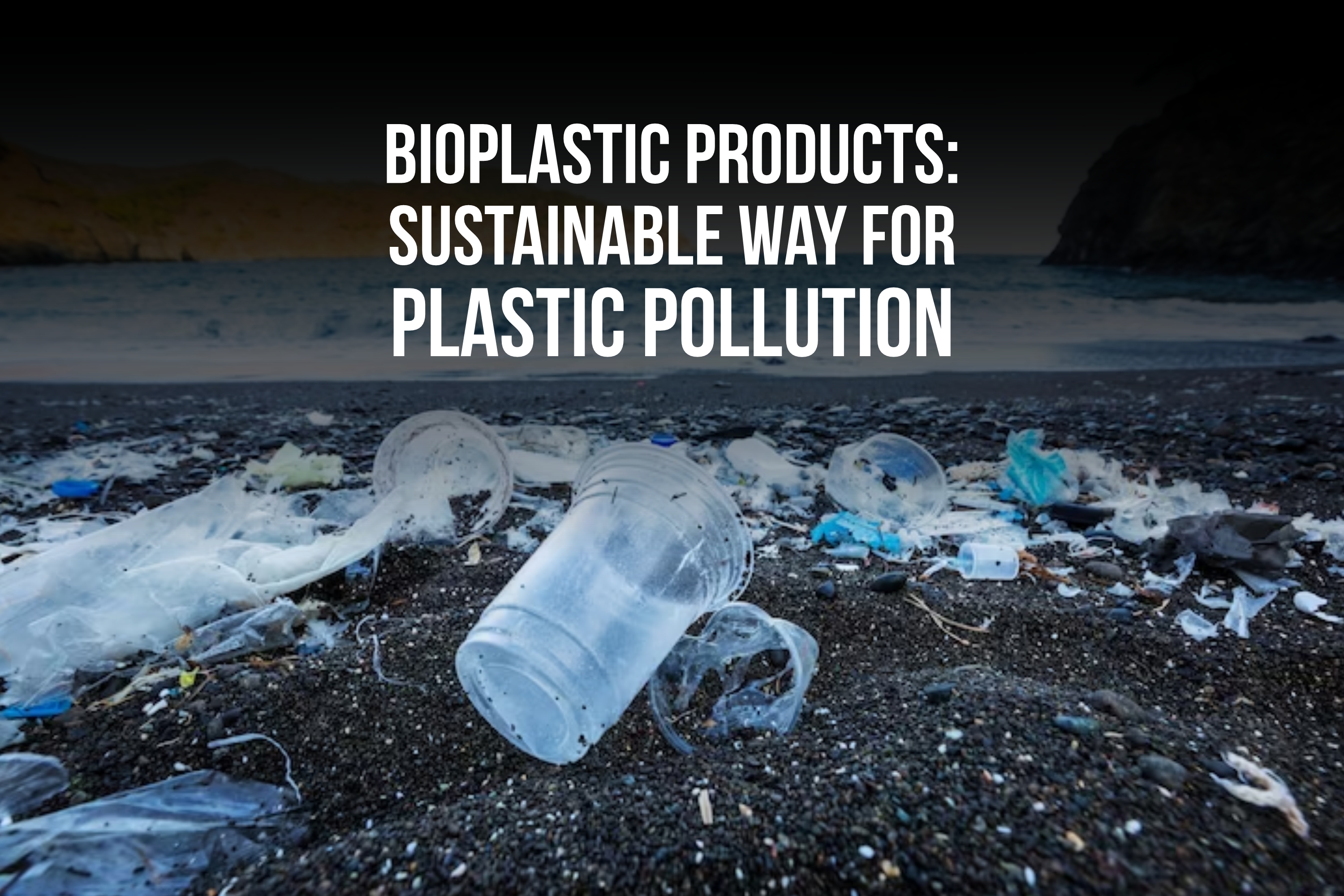
Bioplastic Products: Sustainable Way for Plastic Pollution
Introduction
Bioplastic products emerge as a beacon of hope and sustainability in a world grappling with the escalating plastic pollution crisis. As the demand for environmentally friendly alternatives to traditional plastics grows, bioplastics stand out for their biodegradability and reduced carbon footprint. This blog delves into the realm of bioplastic materials and products, highlighting their role in paving the way for a greener future.
Understanding Bioplastics and Their Composition
Renewable materials including cellulose, sugarcane, and maize starch are used to make bioplastics. Bioplastic materials are derived from natural, frequently plant-based sources, in contrast to traditional plastics that are derived from petroleum. This fundamental difference sets the stage for a more sustainable life cycle of the products, from production to disposal.
The Rise of Bioplastic Products
Bioplastic products are increasingly becoming popular in various industries, from packaging to automotive parts. These goods provide a feasible way to lessen greenhouse gas emissions and dependency on fossil fuels. Because of their adaptability, bioplastic materials can be used for anything from sturdy auto parts to disposable silverware.
Bioplastic Materials: The Sustainable Choice
Their lower environmental impact drives the shift towards bioplastic materials. These materials are often biodegradable or compostable, breaking down naturally without leaving harmful residues. Moreover, Compared to conventional plastic manufacturing, the manufacture of bioplastic materials usually results in lower energy consumption and greenhouse gas emissions.
Bioplastic Products in Everyday Life
Bioplastic products are not just a concept for the future – they are already part of our daily lives. From biodegradable shopping bags to compostable food containers, these products are helping reduce plastic waste. The innovation in bioplastic materials has also extended to fields like medical devices and textiles, showcasing their broad potential.
Addressing the Challenges
While bioplastic products offer many advantages, there are challenges, such as cost-effectiveness and recycling processes. Continued research and innovation in bioplastic materials are crucial to overcoming these hurdles and making bioplastics a mainstream, sustainable alternative.
Future Outlook: Bioplastics Leading the Way
The future of bioplastics looks promising, with ongoing advancements in material science and a growing global awareness of environmental issues.Plastic pollution could significantly decrease as more businesses and consumers switch to bioplastic products, paving the way for a more sustainable future.
Conclusion
Bioplastic products stand at the forefront of sustainable solutions to combat plastic pollution. With advancements in bioplastic materials and growing environmental consciousness, these eco-friendly alternatives are setting the stage for a greener, cleaner planet. As we continue to innovate and embrace bioplastics, we pave the way for a sustainable future free from the shackles of plastic pollution.
- Explore how bioplastic products lead the charge in sustainable solutions to combat plastic pollution, offering an eco-friendly alternative.
Made it this far? That means you're curious—and we love that! Ready to test your passion for biotechnology? Click below to find out 👇🏻
Biotechnology Aptitude Test




Your email address will not be published. Required fields are marked *